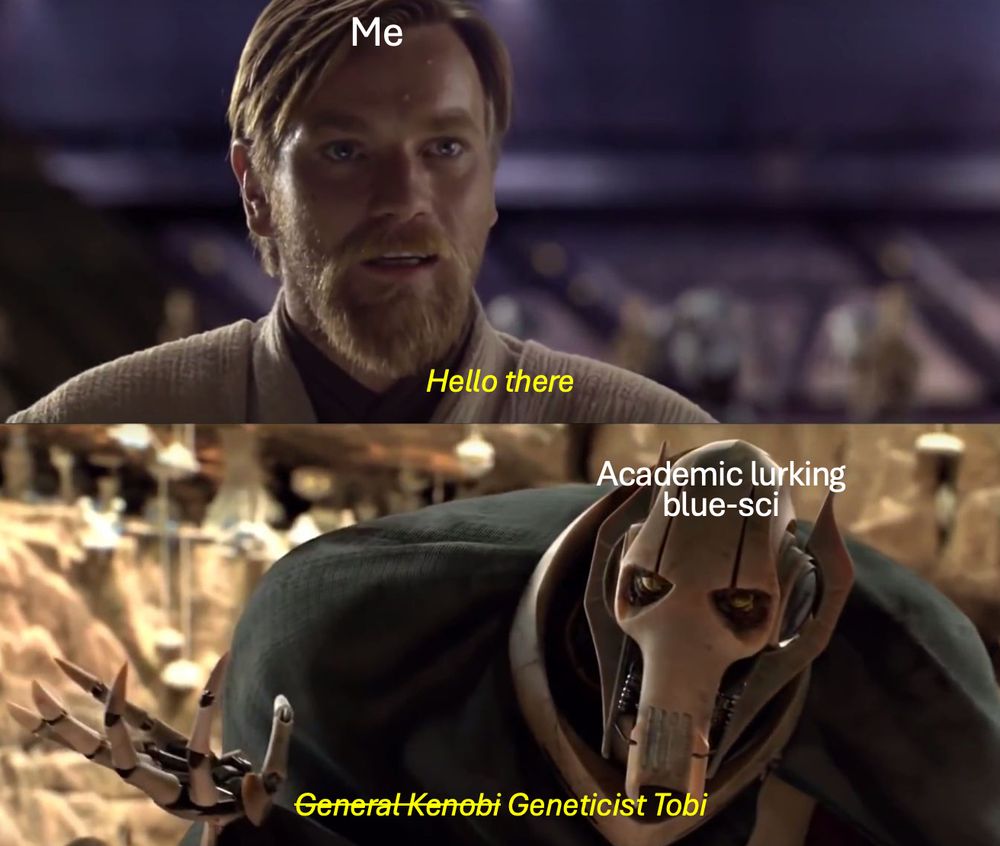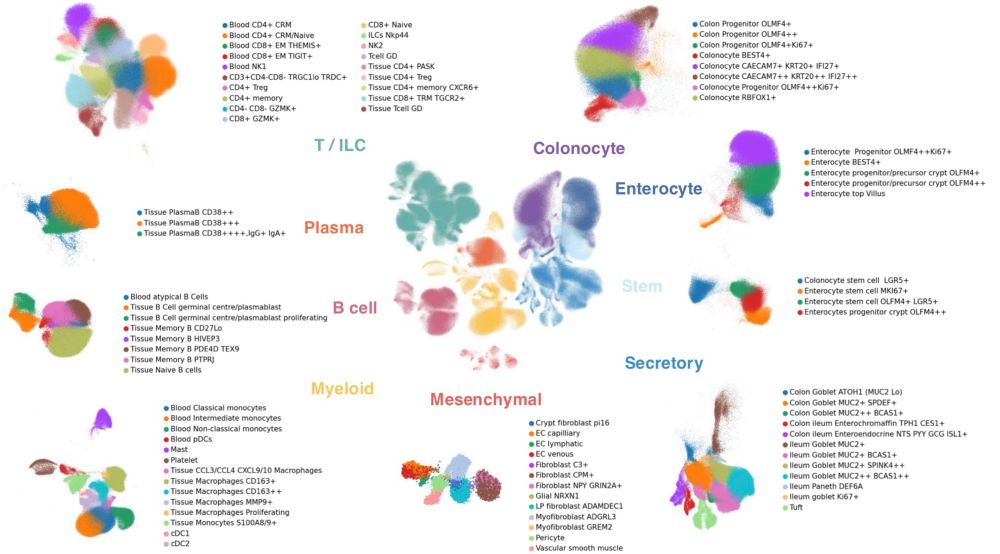Bradley Harris
@bradleyomics.bsky.social
85 followers
120 following
19 posts
Postdoc @sangerinstitute.bsky.social | Lover of all things single-cell ‘omic, common complex disease and genetics. Anderson lab - http://andersonlab.info
Posts
Media
Videos
Starter Packs
Reposted by Bradley Harris
Reposted by Bradley Harris
Bradley Harris
@bradleyomics.bsky.social
· Nov 26















